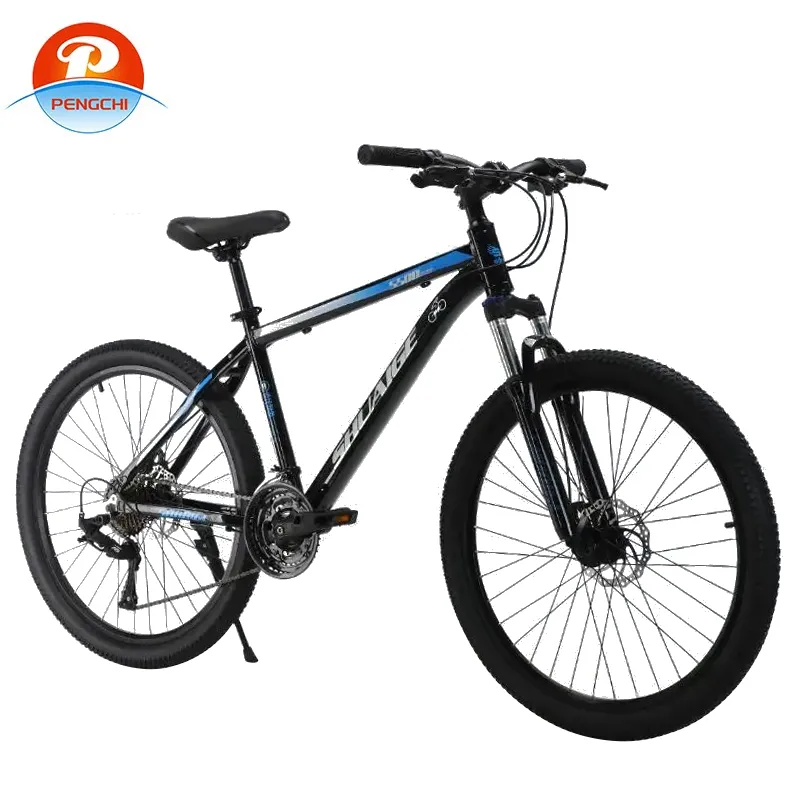12 月 . 03, 2024 18:24 Back to list
how to choose a mtb
How to Choose a Mountain Bike (MTB)
Choosing the right mountain bike (MTB) can be a daunting task, especially with the myriad of options available on the market today. From the type of terrain you plan to ride on to your riding style, several factors will influence your choice. This guide will walk you through the essential aspects to consider when selecting the perfect MTB.
1. Identify Your Riding Style
The first step in choosing an MTB is to determine your riding style. Are you looking for a bike for cross-country racing, downhill rides, or perhaps for casual trail rides? Here are the main categories of mountain bikes
- Cross-Country (XC) These bikes are lightweight and designed for speed. They are ideal for racing and long-distance rides on smooth trails. If you plan on spending most of your time climbing hills and cruising on flat terrains, an XC bike is the way to go. - Trail Trail bikes are versatile and designed for a variety of terrains. They provide a balance of climbing efficiency and downhill capability, making them perfect for casual rides and all-around use.
- All-Mountain/Enduro If you enjoy tackling steep descents and rough terrain, an all-mountain or enduro bike will suit you best. These bikes are built to handle aggressive trails and often have longer travel suspension for better control on bumpy rides.
- Downhill Specifically designed for steep, downhill tracks, these bikes are heavy and feature robust frames and high-travel suspension systems. They are not intended for climbing but excel in fast descents.
- Fat Bikes With oversized tires, fat bikes are designed for riding on snow, sand, or loose gravel. They offer a unique experience and incredible traction in challenging conditions.
2. Frame Material
The material of the bike frame plays a significant role in weight, durability, and ride quality. Here are the most common materials
- Aluminum Lightweight and affordable, aluminum is the most common material used for bike frames. It offers a good balance of strength and weight, making it suitable for various riding styles.
- Carbon Fiber This material is lighter and stiffer than aluminum, offering superior performance for XC and racing bikes. However, carbon fiber bikes tend to be more expensive and can be less durable in certain situations.
- Steel Known for its durability and comfort, steel frames can absorb vibrations well. Although they are generally heavier, they can last a lifetime if properly maintained.
how to choose a mtb

3. Wheel Size
The size of the wheels affects how the bike handles and performs on different terrains. Here are the standard sizes
- 26-inch Once the standard for MTB, these wheels are now less common but can be found in some models. They are nimble and easy to handle but may not roll over obstacles as easily as larger wheels.
- 27.5-inch (650b) This size strikes a balance between agility and stability. It is excellent for trail riding, providing better rollover capability than 26-inch wheels while still being manageable in tight spaces.
- 29-inch Larger wheels excel in rolling over obstacles and maintaining speed on long rides. They are better suited for XC and trail riding but may feel cumbersome in tight or technical sections.
4. Suspension Type
The suspension system is essential for comfort and control. There are two main types of suspension
- Hardtail A hardtail bike has suspension only in the front, which makes it lighter and more efficient for climbing. It’s a solid choice for XC riders and those who favor smoother trails.
- Full-Suspension With both front and rear suspension, these bikes provide better shock absorption and control, especially on rough terrain. They are ideal for trail and downhill riding, offering a smoother ride over bumps.
5. Test Ride
Finally, once you have narrowed down your options, it’s crucial to test ride the bikes. Pay attention to how the bike feels during climbs and descents, making sure it aligns with your riding style and comfort level. Don’t hesitate to ask for expert advice from local bike shops, as they can provide valuable insights based on your individual needs.
Conclusion
Choosing the right mountain bike involves understanding your riding style, the terrain you'll tackle, and how different bike specifications will affect your riding experience. By considering frame materials, wheel sizes, suspension types, and taking time for a test ride, you can find the perfect MTB that enhances your cycling adventures. Happy trails!
-
Toy Car with Parental Remote - Safe Electric Ride-On Car with Parental Control
NewsJun.10,2025
-
Cheap Bikes for Students - Affordable & Durable Student Bicycles Online
NewsJun.10,2025
-
Children Balance Bike Lightweight & Adjustable OEM Designs
NewsMay.30,2025
-
Junior BMX Race Bikes Lightweight, Durable & Speed-Optimized
NewsMay.30,2025
-
21-Speed Foldable Gear Cycle Compact & Portable Commuter Bike
NewsMay.30,2025
-
Affordable & Durable Bikes for Students Campus Commutes Made Easy
NewsMay.29,2025



